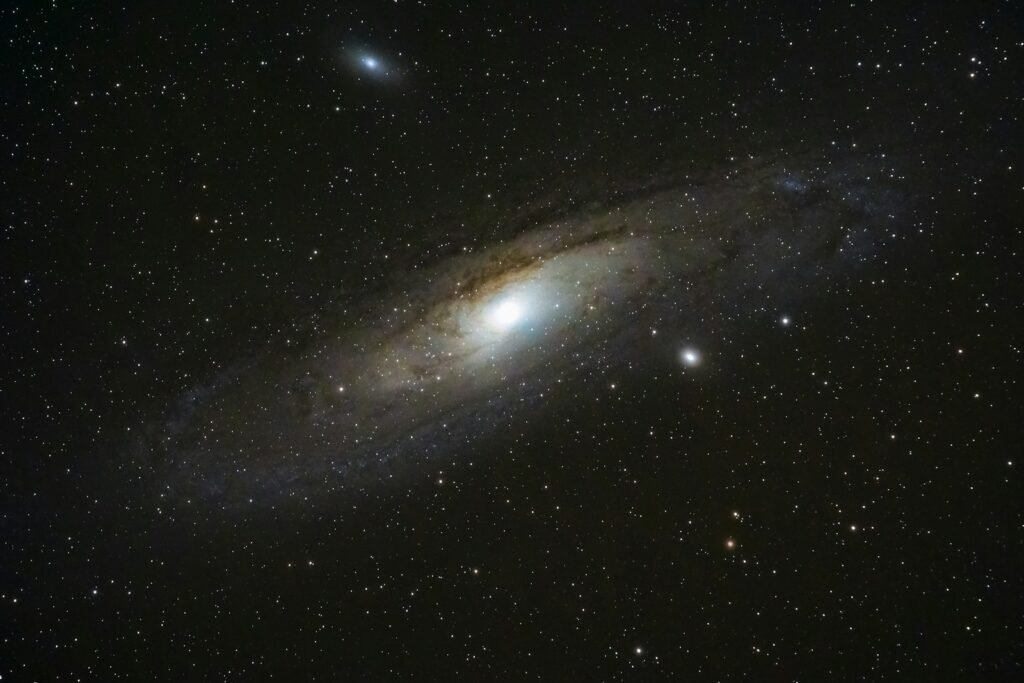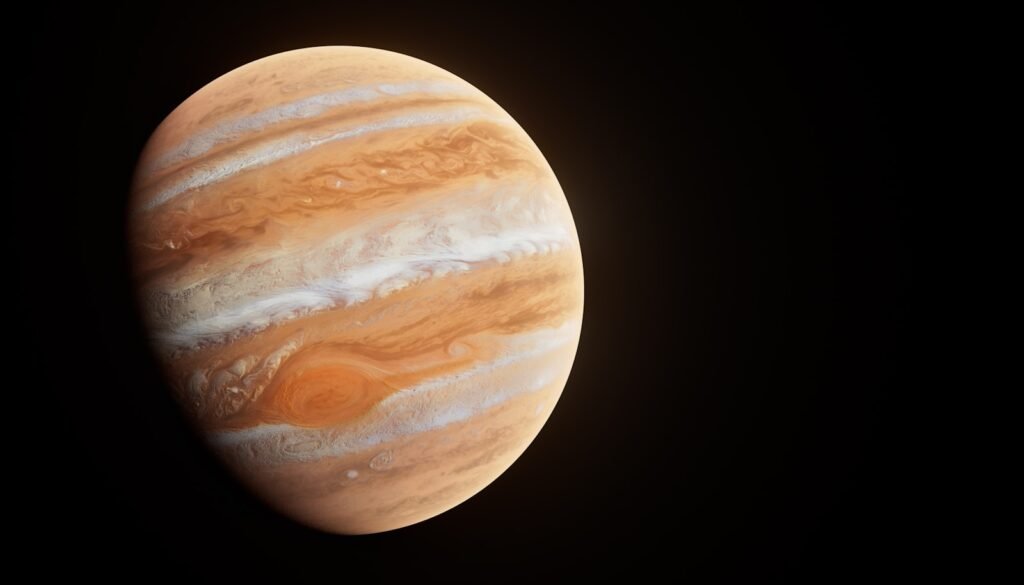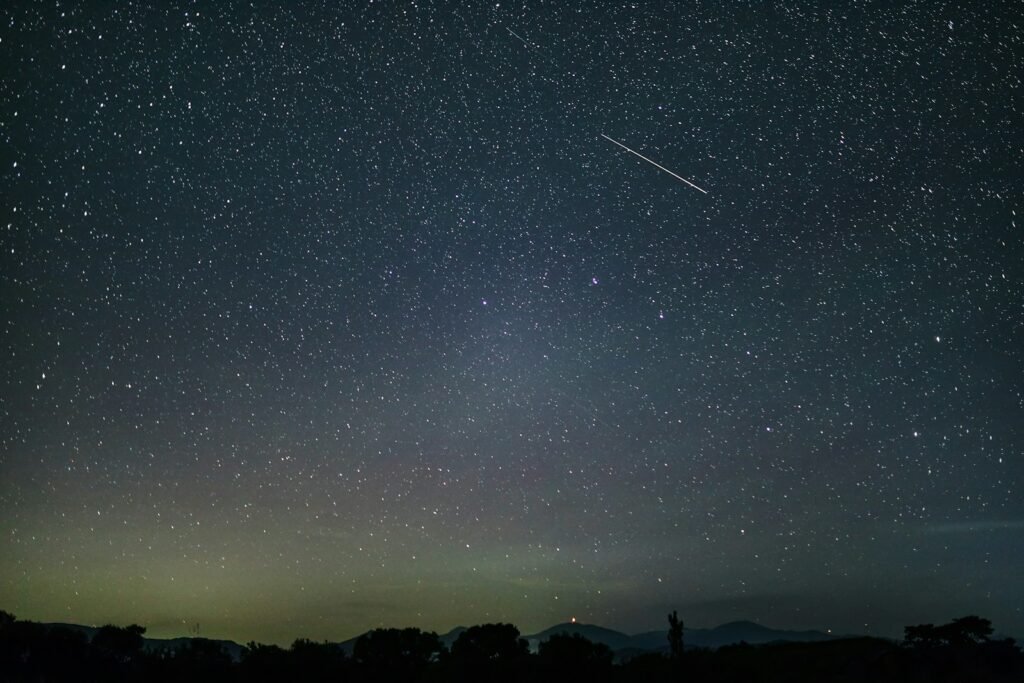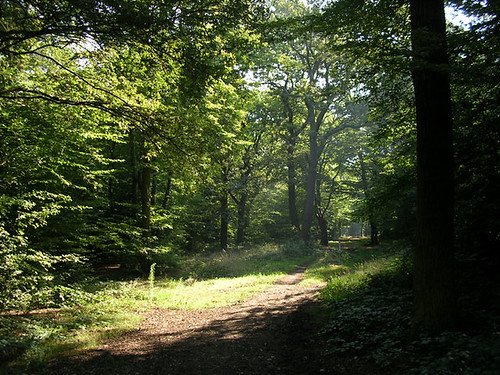For years, textbooks painted the first stars as cosmic blowtorches – monstrously hot, lighting up the dark with ferocious energy. But a puzzling radio whisper from deep time suggests a quieter beginning, a chillier dawn that defies expectations. The mystery pivots on a faint hydrogen signal, stretched by the universe’s expansion and now echoing in the low radio frequencies we can tune into on Earth. If that whisper is real, it hints that the gas around the newborn stars stayed cooler than standard models predict, forcing astronomers to rethink how the earliest galaxies heated their surroundings. It’s a plot twist that connects desert antennas, orbiting observatories, and new physics that could tug at the fabric of the cosmos.
The Hidden Clues
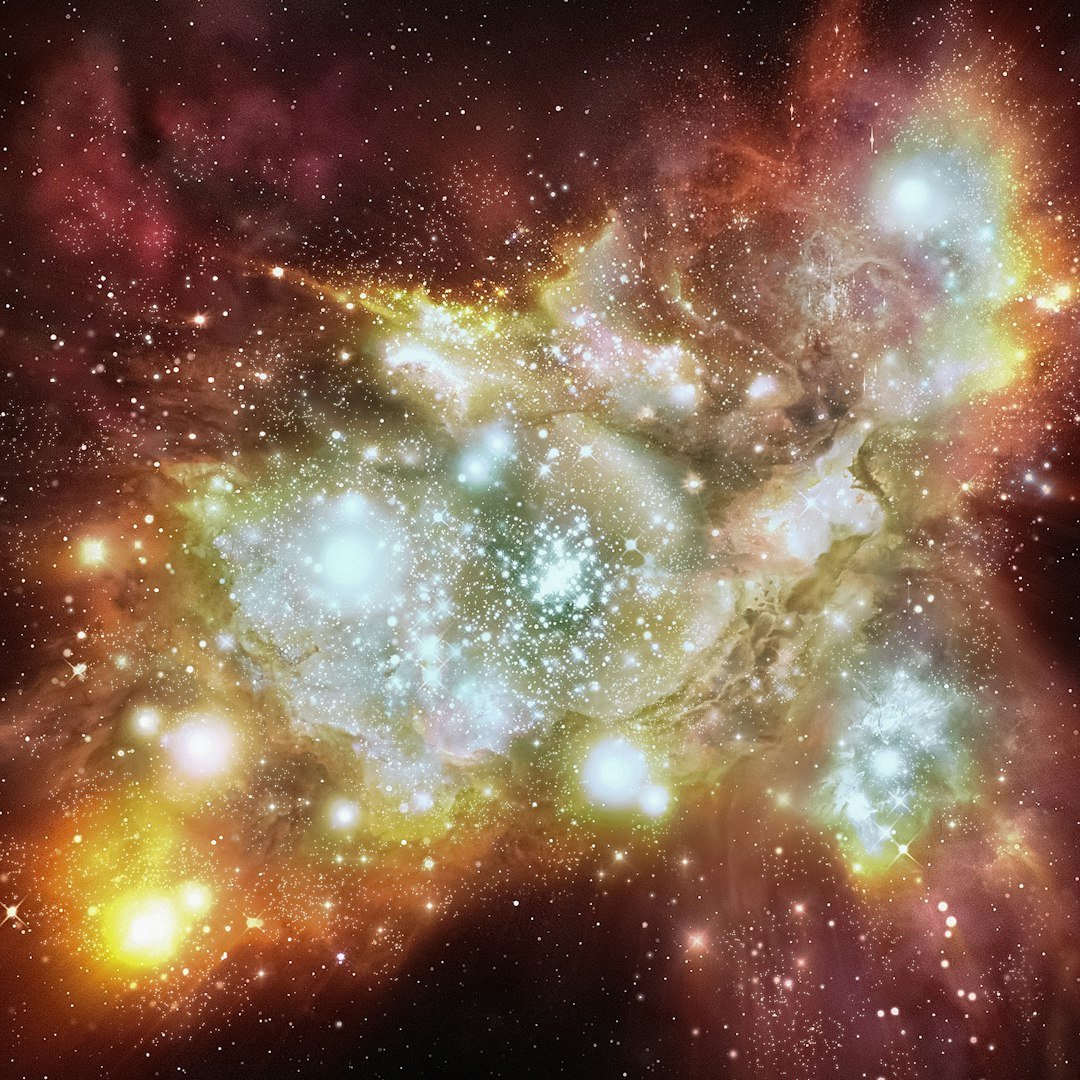
What if the universe’s first stars didn’t blaze as fiercely as we imagined, but rose under a colder, darker sky? The key clue is the 21-centimeter line from hydrogen, which acts like a thermometer for the young cosmos. In 2018, an experiment called EDGES reported an absorption dip deeper than expected, centered near 78 megahertz, implying that hydrogen gas around redshift seventeen was strikingly cold. That depth was roughly about double what mainstream models allowed, immediately sparking debates about exotic cooling or extra radio light in the early universe. The idea wasn’t just surprising; it was destabilizing for a carefully built picture of early starlight and heating.
I remember listening to that story under a New Mexico sky with a portable receiver that could barely hear local stations, much less the dawn of time. Still, the notion lodged in my head: if the cosmic gas stayed colder longer, the first stars must have been different neighbors than we thought. Maybe their X-ray output was weaker, or their timing earlier, or the universe had bonus radio fog we hadn’t accounted for. Each possibility points down a very different scientific road. And that’s where the modern instruments stepped in to interrogate the signal.
From Ancient Tools to Modern Science

Radio astronomy began with war-era antennas and stubborn curiosity, but today’s experiments bring almost surgical precision to the faintest murmurs. Arrays like HERA in South Africa don’t chase a single dip; they map the power spectrum of fluctuations across the sky and time, watching how ionized bubbles grew as galaxies turned on. Their latest upper limits tell an unglamorous yet crucial story: by redshifts around eight to ten, the intergalactic medium had been warmed beyond the minimum cooling track, ruling out a swath of extreme “cold reionization” scenarios. That makes the original deep cold claim even more contentious, because the heating must happen – and not too late. These constraints are the quiet backbone of a field that prizes cross-checks over fireworks.
Meanwhile, niche experiments refine the messy details that can masquerade as cosmic signals. The REACH project sharpened the toolbox against polarized foregrounds that can leak into measurements, developing Bayesian methods to separate subtle sky ripples from instrument quirks. It’s like cleaning a vinyl record: remove the hiss and pop, and the melody underneath emerges. That effort matters because at these frequencies, our own galaxy is thunderous while the universe’s baby cry is barely a whisper. Only careful modeling and repeated tests can keep us honest.
A Signal That Ran Too Cold
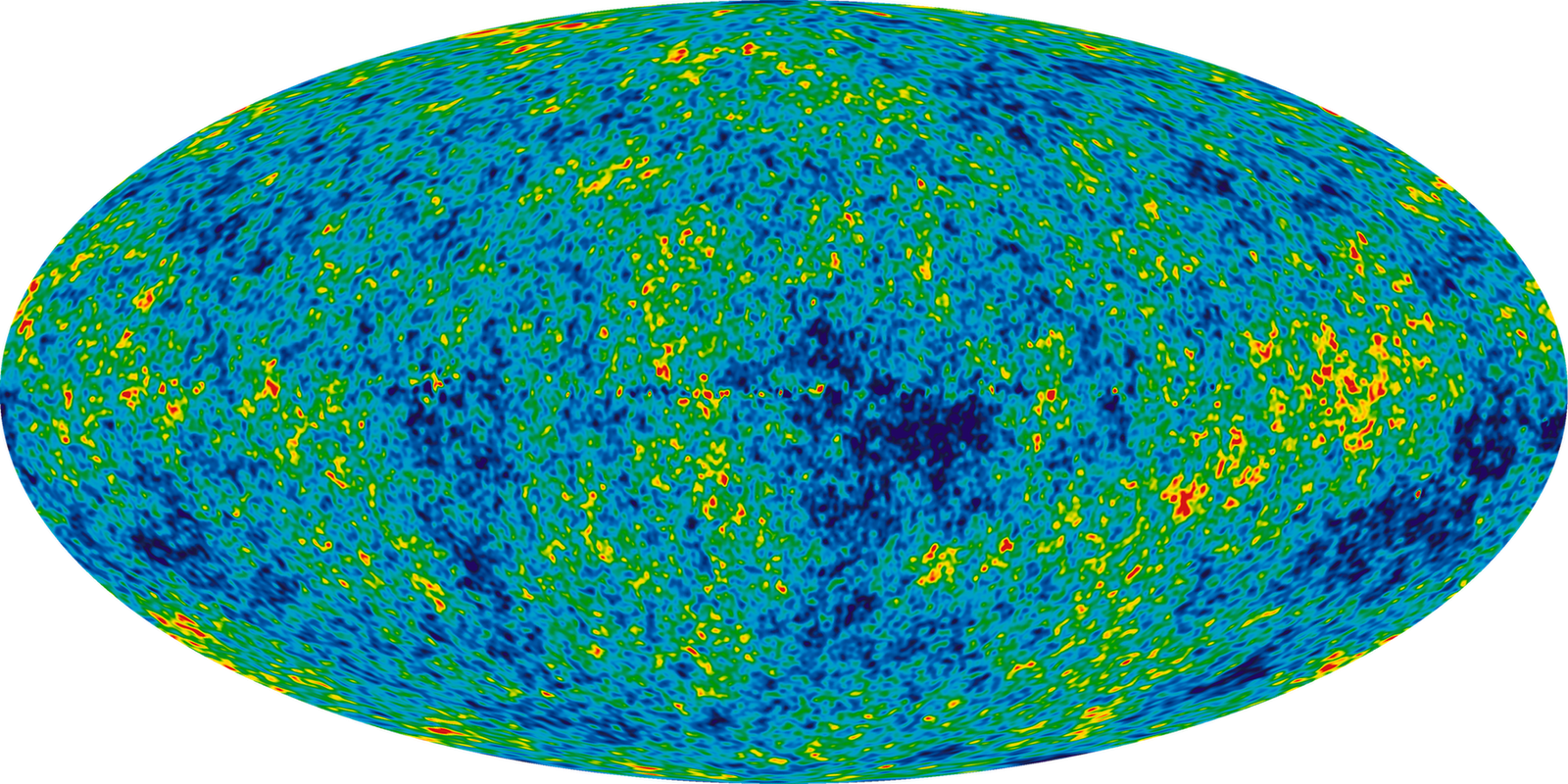
Here’s the heart of the drama: the EDGES profile looked real enough, but it demanded either extra cooling of hydrogen or a stronger radio background than the cosmic microwave background alone. Extra cooling could point toward new physics, like interactions between baryons and a shadowy form of dark matter. A boosted radio backdrop, on the other hand, would require early galaxies or black holes to flood space with low-frequency light far more efficiently than expected. Both routes are steep climbs, and neither is a comfortable fit with other evidence. That tension has made the field both excited and cautious
Anchoring details that researchers wrestle with include:
- The reported absorption centered near 78 megahertz with a flat-bottomed shape wider than classic models foresee.
- Astrophysical “radio boost” ideas face severe electron cooling limits, making sustained excess emission hard to maintain.
- Independent teams reanalyzing the spectrum found that the best-fit profile is likely not astrophysical, rejecting it at about the two-sigma level.
Testing the Signal
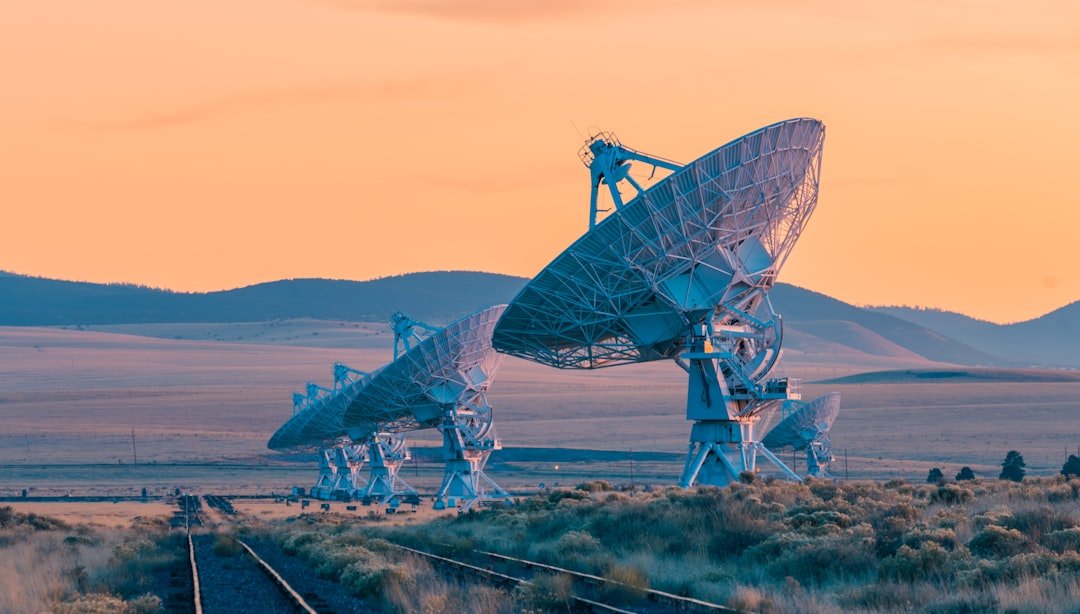
Replication is the currency of physics, and follow-up experiments have been relentless. The SARAS 3 team, using a different instrument design and observing strategy, reported no such absorption and argued the profile seen by EDGES isn’t of cosmic origin. If their analysis holds, the “colder than we thought” claim would need a new foundation, shifting attention to refined hardware models and more sky coverage. HERA then added pressure from a different angle, showing that by redshift about ten, some heating had certainly occurred – again pinching extreme cold scenarios. The net effect is a field inching toward consensus through elimination rather than a single knockout punch.
That’s science at its most methodical: different teams, different systematics, same question. The outcome so far is neither a clean confirmation nor a definitive refutation of a colder cosmic dawn. Instead, we’re left with boundary lines that models must respect. And the next steps are obvious – measure again, elsewhere, with instruments that see around every known pitfall. Progress can be slow, but every non-detection carves away an error that might have fooled us.
Global Perspectives
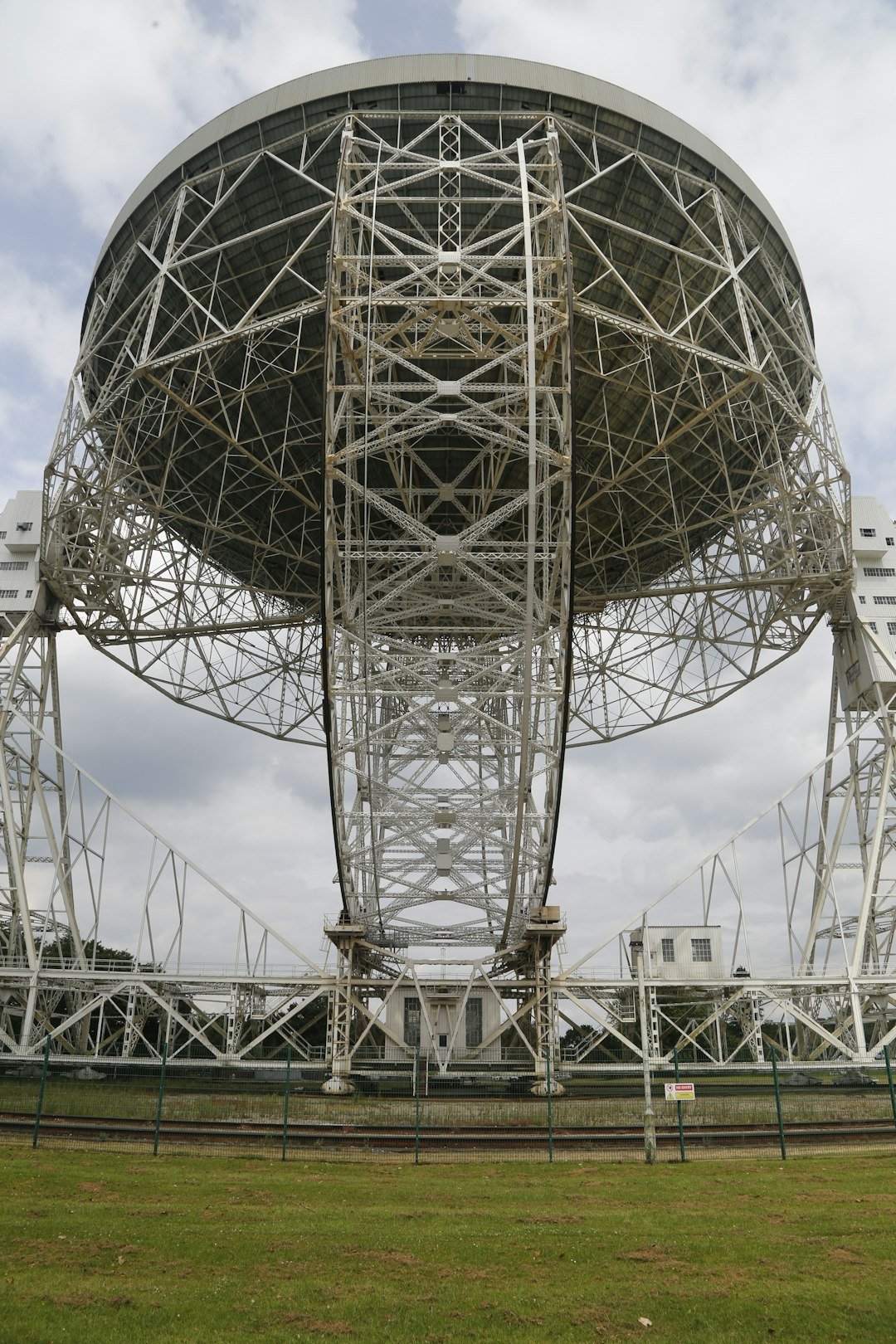
It takes a planet to hear the early universe. Antennas splay out across the Karoo in South Africa, radio dishes squat on the Australian outback, and low-frequency arrays dot deserts and high plains from India to the American Southwest. Different landscapes bring different advantages: cooler nights, quieter radio interference, cleaner horizons. The goal is the same everywhere – untangle Earthly noise, Galactic foregrounds, and instrument fingerprints from the cosmic signal below. Even negative results help the community converge on robust experimental designs
At the same time, space telescopes peer from above the atmosphere to catch starlight from the same era. JWST has pushed the frontier back to galaxies just a few hundred million years after the Big Bang, finding systems that are brighter and busier than many models expected. One standout, JADES-GS-z14-0, blazed astonishingly early, tightening timelines for when galaxies could heat their surroundings. Those discoveries don’t prove colder gas – but they set the schedule for turning the IGM from frigid to warm, which any 21-centimeter interpretation must obey. It’s a multi-messenger jigsaw with radio and infrared pieces clicking into place.
Why It Matters

This puzzle is bigger than one weird data point. If the early gas truly stayed colder than predicted, it would mean the first galaxies heated their neighborhoods less efficiently, or later, than current feedback models allow. That shifts how we think about the balance of X-ray binaries, nascent black holes, and massive stars in the earliest systems. On the flip side, if the deep absorption vanishes under scrutiny, it validates a simpler thermal history – and still teaches us volumes about instrument systematics at the edge of detectability. Either outcome sharpens our theories of structure formation and reionization. It’s a rare case where questioning a headline-making result yields progress regardless of the verdict.
Comparing methods is instructive. Global-signal experiments chase an all-sky average with exquisite calibration, whereas power-spectrum arrays like HERA track spatial fluctuations that are less sensitive to smooth foregrounds. JWST adds a direct census of galaxies that can heat the gas, setting independent timing constraints. When all three point to the same thermal arc, confidence soars; when they disagree, the cracks highlight what we don’t yet understand. That triangulation is how we’ll truly learn whether the first stars were born under a colder canopy.
The Future Landscape
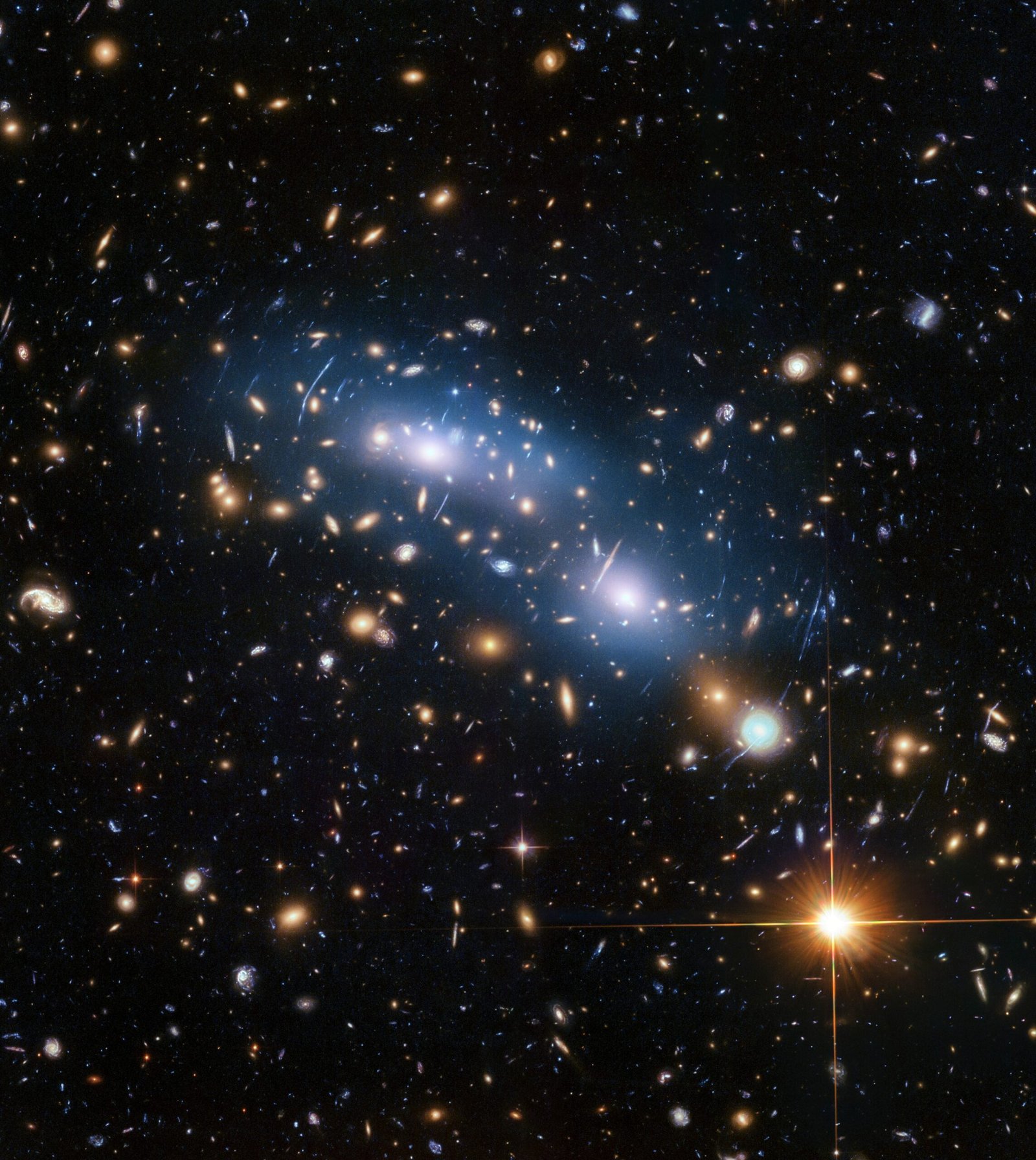
The next few years will be decisive. HERA’s accumulating data and upgraded analysis pipelines aim to press upper limits down until either a detection appears or most cold-dawn scenarios are ruled out. Global-signal efforts are refining antenna designs, foreground models, and polarized-leakage controls so that a repeatable, multi-site measurement becomes standard. JWST will keep pushing to identify metal-poor star clusters and telltale helium emission that betray the youngest stellar populations, with clever diagnostics to avoid false alarms. Some teams are also hunting the brilliant afterglows of pair-instability supernovae, potential signposts of massive primordial stars. It all narrows the possibility space where “colder than we thought” can live.
There’s a twist: hints of Population III-like signatures near galaxies such as GN-z11 suggest extremely hard radiation, not a meek stellar dawn. That doesn’t contradict a colder intergalactic medium early on; it simply means heating could have flipped on rapidly once certain galaxies crossed a threshold. In other words, the universe may have lingered in the cold and then warmed abruptly, a bit like a camping stove that sputters and then roars. Capturing that transition in both radio and infrared is the challenge. And we now have the instruments to try.
Conclusion
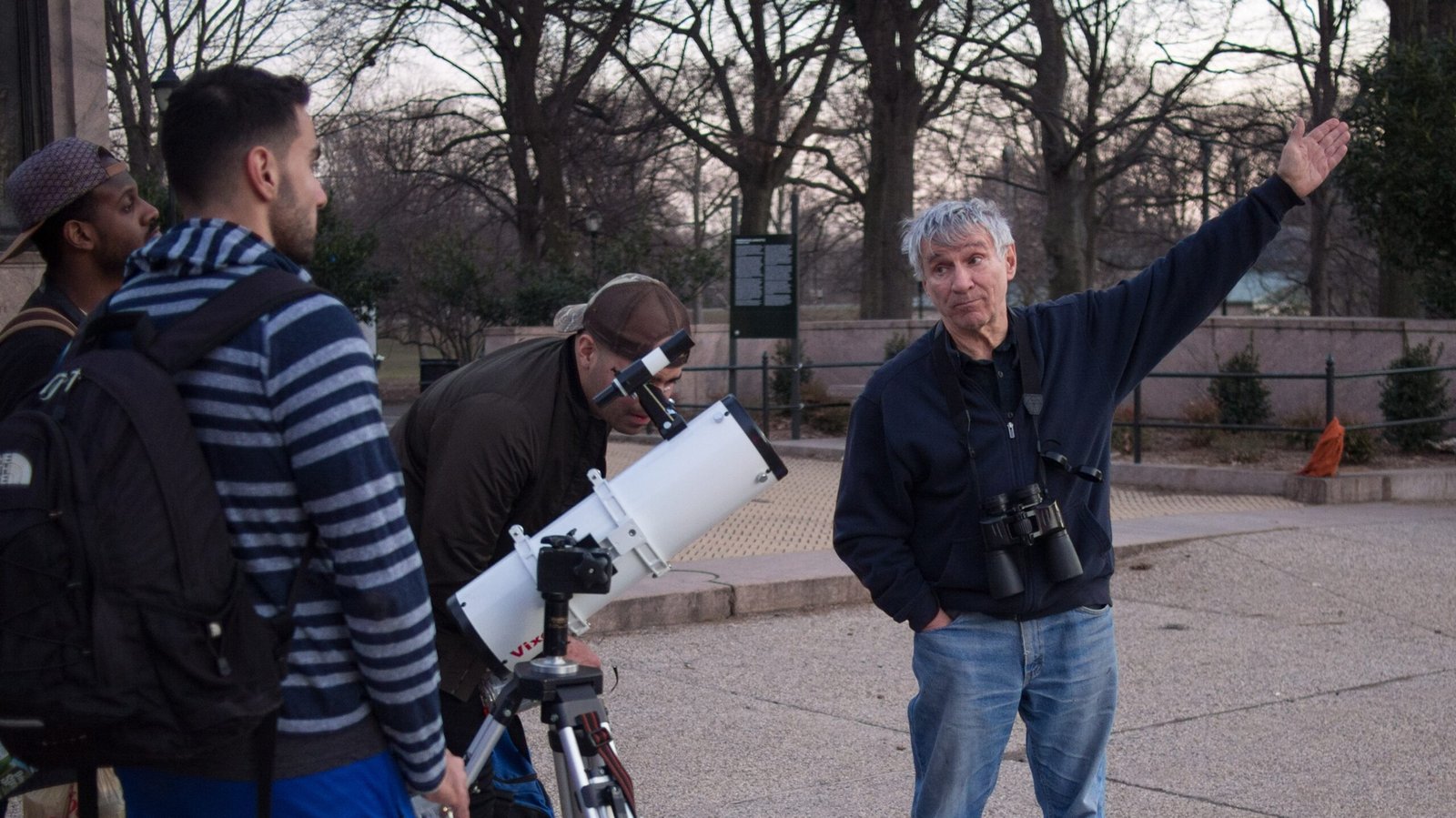
If this story grabs you, there are tangible ways to help. Public data releases from HERA, JWST programs, and pathfinder projects often welcome citizen scientists and students to explore calibrated maps and spectra – watch for community-driven notebooks and tutorials from university teams. Local radio clubs and science museums host low-frequency observing nights that can demystify how Earth’s ionosphere and human interference complicate cosmic measurements. You can also support dark-sky initiatives; a quieter radio and optical environment boosts the fidelity of ground-based experiments everywhere. Finally, follow collaboration blogs and open seminars – staying informed helps sustain funding and attention on the careful, cumulative science that solves mysteries like this one

Suhail Ahmed is a passionate digital professional and nature enthusiast with over 8 years of experience in content strategy, SEO, web development, and digital operations. Alongside his freelance journey, Suhail actively contributes to nature and wildlife platforms like Discover Wildlife, where he channels his curiosity for the planet into engaging, educational storytelling.
With a strong background in managing digital ecosystems — from ecommerce stores and WordPress websites to social media and automation — Suhail merges technical precision with creative insight. His content reflects a rare balance: SEO-friendly yet deeply human, data-informed yet emotionally resonant.
Driven by a love for discovery and storytelling, Suhail believes in using digital platforms to amplify causes that matter — especially those protecting Earth’s biodiversity and inspiring sustainable living. Whether he’s managing online projects or crafting wildlife content, his goal remains the same: to inform, inspire, and leave a positive digital footprint.

